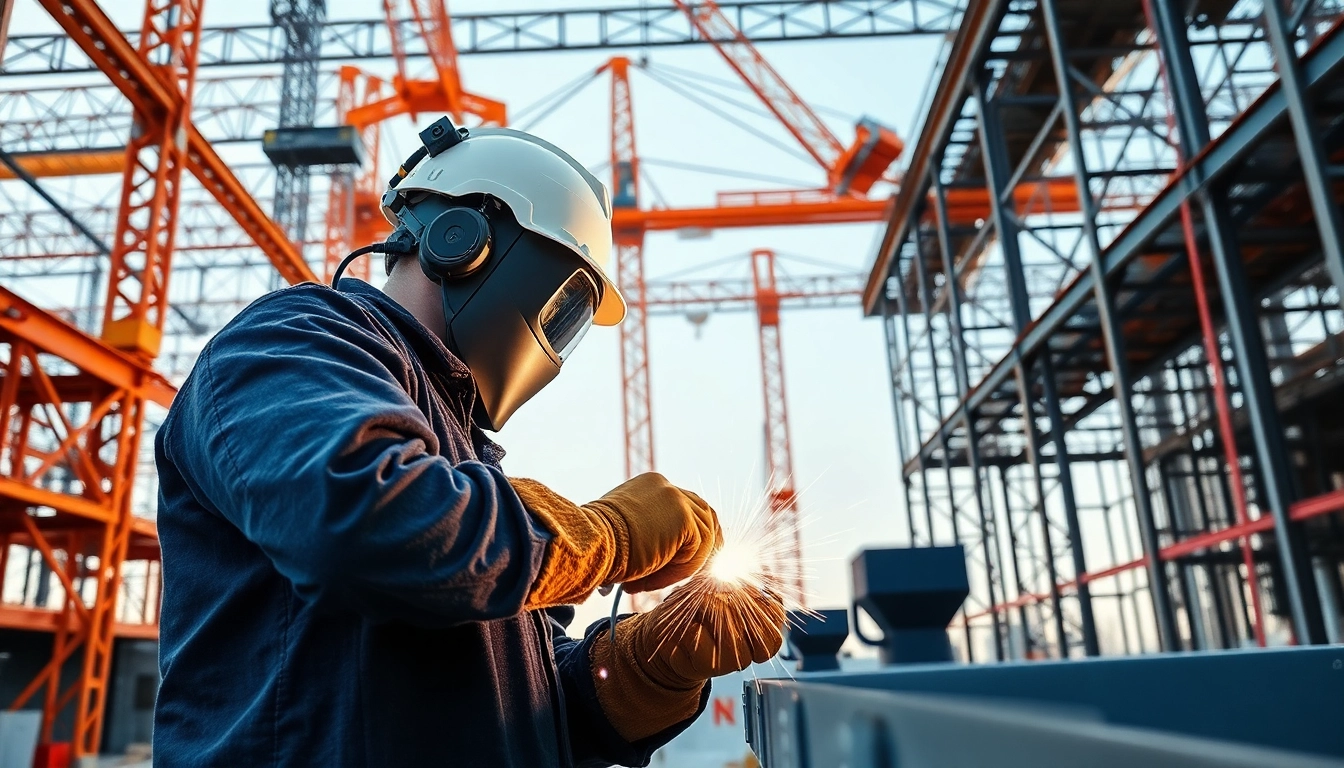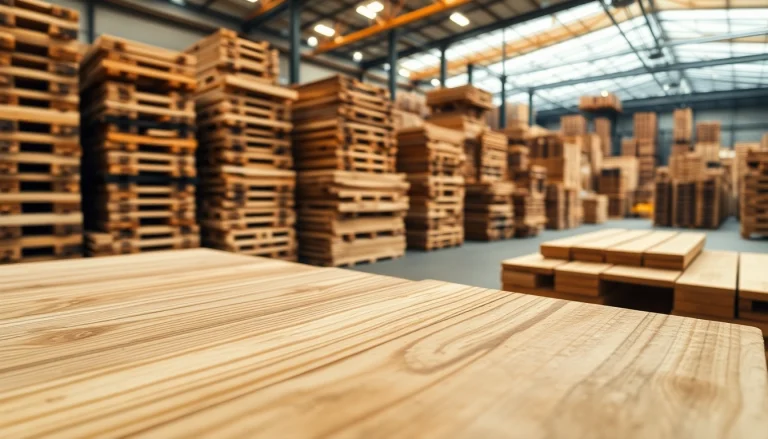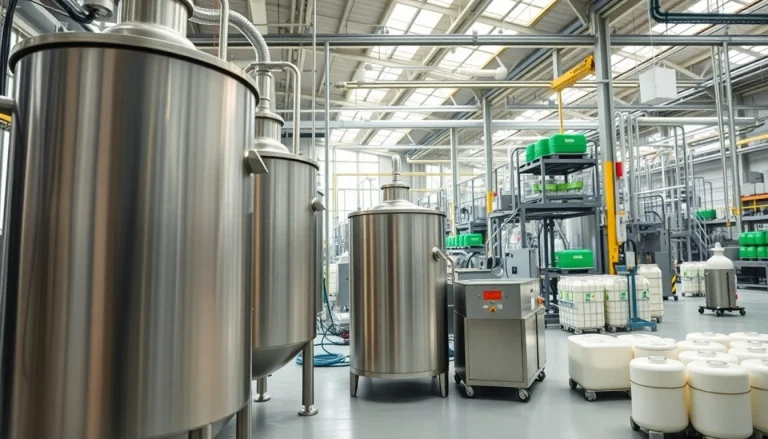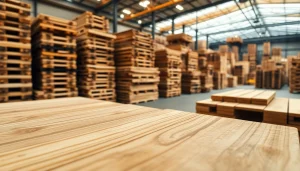Fundamentals of Structural Steel Construction
What is Structural Steel Construction?
Structural steel construction is a method of building that employs steel as the primary material for structural support. This form of construction has gained substantial popularity due to its versatility and strength, making it suitable for various types of infrastructure, including commercial buildings, bridges, and industrial facilities. At its core, structural steel construction involves the prefabrication of steel elements, which are then assembled on-site to create a robust framework capable of bearing loads effectively.
Unlike traditional construction methods that utilize concrete or wood, structural steel construction often results in buildings that are not only durable but also architecturally sophisticated. The use of structural steel construction allows for greater design flexibility, enabling architects and engineers to explore innovative shapes and configurations without compromising safety or stability.
Key Materials and Components in Structural Steel Construction
In structural steel construction, several key materials work in tandem to provide structural integrity. The primary component, structural steel, typically comes in various forms, including I-beams, channels, angles, and plates. These components are manufactured to precise specifications to support specific loads and resist environmental factors.
Another crucial material in this context is the connection hardware, such as bolts, welds, and rivets. These elements are vital for joining steel pieces securely, ensuring that forces such as tension and compression are effectively transmitted throughout the structure. High-strength steel grades, including S235 and S355, are commonly used in structural applications due to their excellent mechanical properties and performance under stress.
The Importance of Structural Integrity in Design
The concept of structural integrity is fundamental in any engineering discipline, but it is particularly critical in structural steel construction. Ensuring that a structure can withstand anticipated loads throughout its lifespan requires careful consideration of numerous factors, including material properties, load distribution, and external forces such as wind, seismic activity, and temperature variations.
Designing for structural integrity entails rigorous calculations and the application of engineering principles to anticipate potential failure modes. Engineers employ tools such as finite element analysis (FEA) software to simulate how a structure will behave under various loading conditions, enabling them to minimize risks and enhance safety. The ultimate goal is to create a resilient structure that can endure challenges over time without succumbing to deformation or damage.
Benefits of Structural Steel Construction
Cost Efficiency Over Traditional Materials
One of the primary advantages of structural steel construction is its cost efficiency compared to traditional materials like wood and concrete. The modular nature of steel allows for faster manufacturing and assembly, leading to reduced labor costs and lower overall project duration.
Additionally, structural steel’s durability minimizes the need for repairs and maintenance over the structure’s lifespan. Unlike wood, which is vulnerable to pests, rot, and moisture, steel structures are less likely to be affected by weather-induced deterioration, resulting in significant long-term savings.
Speed of Construction and Project Timelines
Fast construction timelines are a hallmark of structural steel projects. Prefabrication of steel components off-site enables construction teams to work concurrently on site preparation and the assembly of steel elements. This streamlined process significantly shortens the project duration compared to traditional methods that might require longer curing times for concrete or extensive on-site wood framing.
Moreover, the rapid erection of steel frameworks facilitates the early commencement of subsequent construction phases, including electrical and plumbing installation. This acceleration empowers project managers to meet tight deadlines while minimizing the risk of budget overruns.
Environmental Sustainability in Steel Use
Structural steel construction presents a sustainable choice in modern infrastructure due to the recyclable nature of steel. Approximately 85% of structural steel is recycled, reducing the environmental impact associated with resource extraction and production. This makes steel not only a robust option but also an environmentally friendly one.
Additionally, advancements in steel production and fabrication increasingly emphasize reducing carbon footprints. The use of electric arc furnaces and eco-friendly practices during manufacturing further decreases the environmental impact. As the construction industry moves towards sustainable practices, structural steel continues to position itself as a leader in eco-conscious building methodologies.
Common Challenges in Structural Steel Construction
Addressing Safety Concerns on Construction Sites
Safety is paramount in any construction environment, and structural steel construction is no exception. The inherent risks associated with working at heights, handling heavy materials, and operating machinery necessitate a comprehensive safety plan. Construction companies must establish stringent safety protocols, conduct regular training sessions, and ensure the availability of personal protective equipment (PPE) for all workers.
Moreover, adopting a culture of safety, where every team member feels responsible for their own safety and that of their colleagues, can significantly mitigate risks. Regular safety audits and an open communication system encourage workers to report hazards or near-misses, ultimately leading to a safer work environment.
Regulatory Compliance and Building Codes
Navigating the regulatory landscape is an essential aspect of any construction project, particularly in structural steel construction. Building codes and regulations vary by location and can significantly impact design choices and construction processes. Project managers must stay informed about applicable codes to ensure compliance, which protects the structural integrity and safety of the finished product.
Moreover, engaging with local authorities early in the planning process can facilitate smoother approvals and inspections throughout the construction cycle. This proactive approach helps identify potential compliance challenges ahead of time, enabling teams to address them promptly and avoid delays.
Managing Project Coordination and Communication
Effective project coordination is critical in structural steel construction, where various teams must collaborate seamlessly to achieve project milestones. Disjointed communication can lead to misunderstandings, delays, and budget overruns. To foster collaboration, project managers should leverage project management tools and technologies to ensure all stakeholders are on the same page.
Regular status meetings and updates can help maintain alignment among architects, engineers, contractors, and subcontractors throughout the project lifecycle. Establishing clear communication channels and roles enables teams to address challenges swiftly and makes project execution smoother.
Best Practices for Structural Steel Construction
Implementing Quality Control Measures
Quality control is paramount to the success of any structural steel project. Implementing strict quality control measures throughout fabrication and construction ensures that all materials and processes meet established standards. This includes conducting inspections at various stages, from the raw material stage to the final assembly.
Engaging third-party inspectors to evaluate the quality of fabricated steel components can identify defects before they become costly issues during installation. Additionally, establishing a feedback loop where quality issues are documented and analyzed can drive continuous improvement in construction practices.
Utilizing Advanced Technology in Design and Build
The integration of advanced technology, such as Building Information Modeling (BIM), has revolutionized structural steel construction. BIM allows architects and engineers to create detailed digital models that can simulate real-world behavior, enhancing collaboration and design accuracy.
Furthermore, the use of technologies like automated robotic welding and CNC cutting has accelerated production while maintaining high precision. Leveraging these technologies not only enhances the quality of the final product but also reduces waste, contributing to more sustainable practices.
Effective Project Management Strategies
To ensure successful project delivery, effective project management strategies must be employed. This includes detailed planning, resource allocation, and scheduling methodologies that align each stage of the project with overall objectives. Techniques such as the Critical Path Method (CPM) can help project managers identify essential tasks that impact completion timelines.
Moreover, adopting an agile management approach can facilitate responsiveness to changes or unforeseen circumstances during the construction process. Continuous monitoring of project progress enables teams to adapt to challenges quickly and ensures that the project stays on track.
The Future of Structural Steel Construction
Innovative Techniques and Materials on the Horizon
The future of structural steel construction is bright, with several innovative techniques and advanced materials emerging on the horizon. One notable development is the increasing use of high-performance steel, which enhances strength while reducing weight, allowing for slimmer structural elements without compromising safety.
In addition to advanced materials, new construction methods, such as modular construction, are gaining traction. This technique involves prefabricating entire sections of a structure in a factory setting, which can then be transported for rapid on-site assembly. This not only speeds up the construction process but also enhances quality control by minimizing exposure to environmental factors.
Impact of Automation and Robotics
The integration of automation and robotics into structural steel construction is set to transform the industry dramatically. Robotics can streamline various processes, from fabrication to assembly, enhancing speed and accuracy. For instance, robotic systems can automate welding and cutting, minimizing human error and increasing production efficiency.
Moreover, drones are being employed for site inspections, providing real-time data and imagery that allow project managers to monitor progress remotely. As technology advances, the potential for further automation in construction processes will continue to grow, making structural steel construction even more efficient and reliable.
Trends in Sustainable Structural Steel Construction
The trend towards sustainability is shaping the future of structural steel construction. As environmental concerns become increasingly prominent, companies are focused on developing techniques that reduce waste and energy consumption. Efforts to create circular steel production methods, wherein steel is continually recycled and repurposed, are gaining momentum.
Additionally, the use of renewable energy sources in steel production processes is evolving. Investments in solar power and wind energy are becoming more common in steel manufacturing, signaling a commitment to sustainability that will redefine industry standards. The continued push for sustainable practices ensures that structural steel remains a viable and responsible option for future infrastructure projects.








